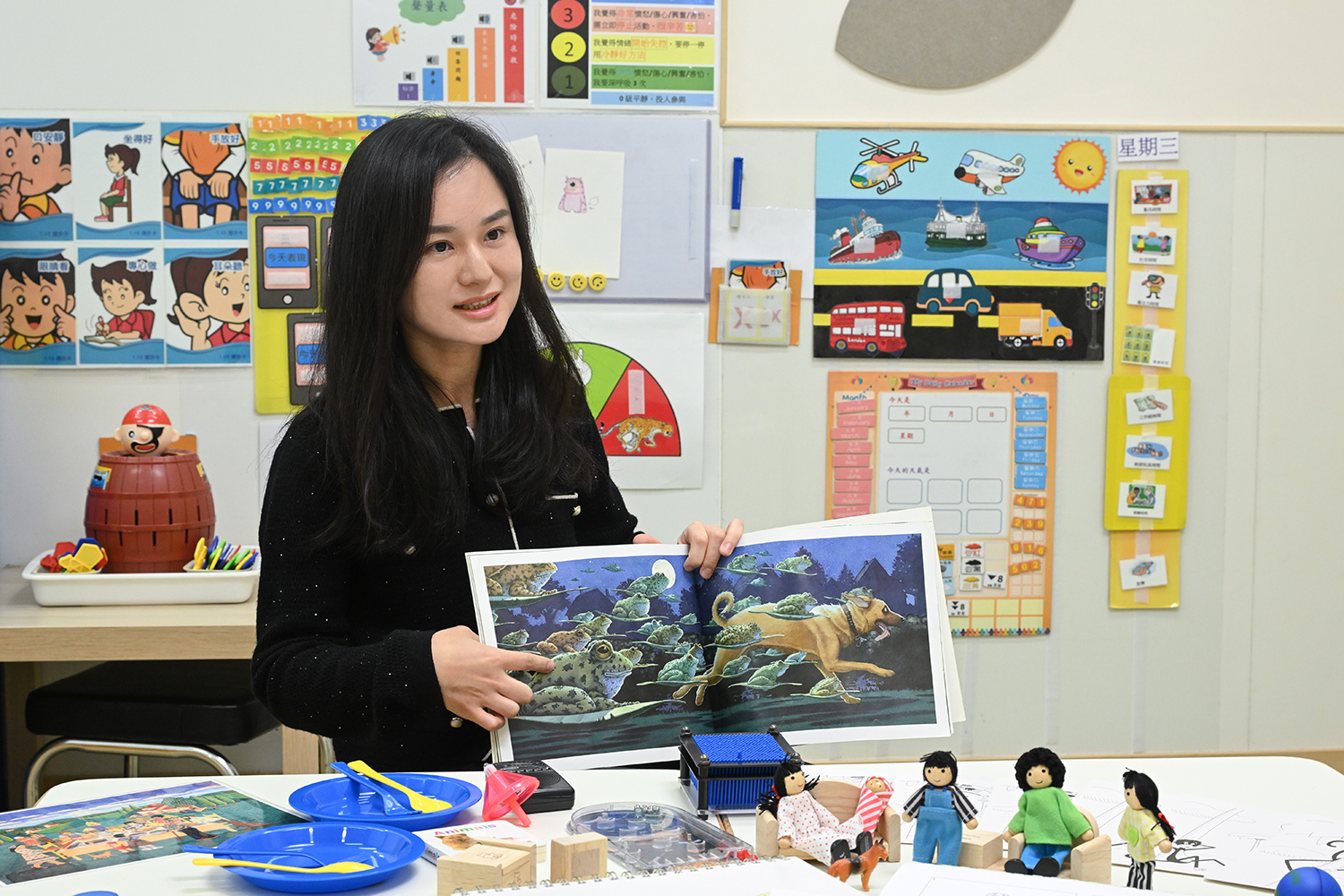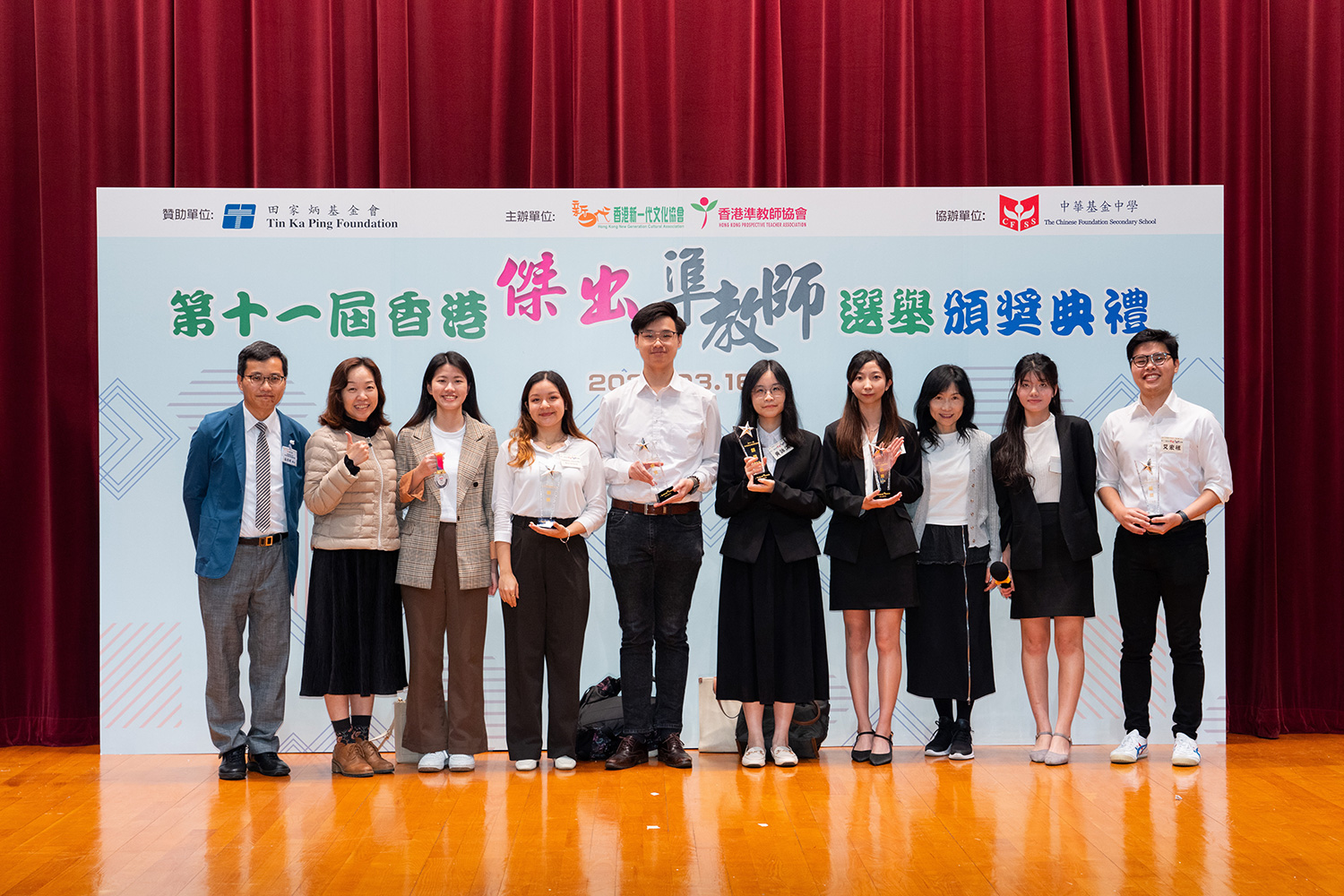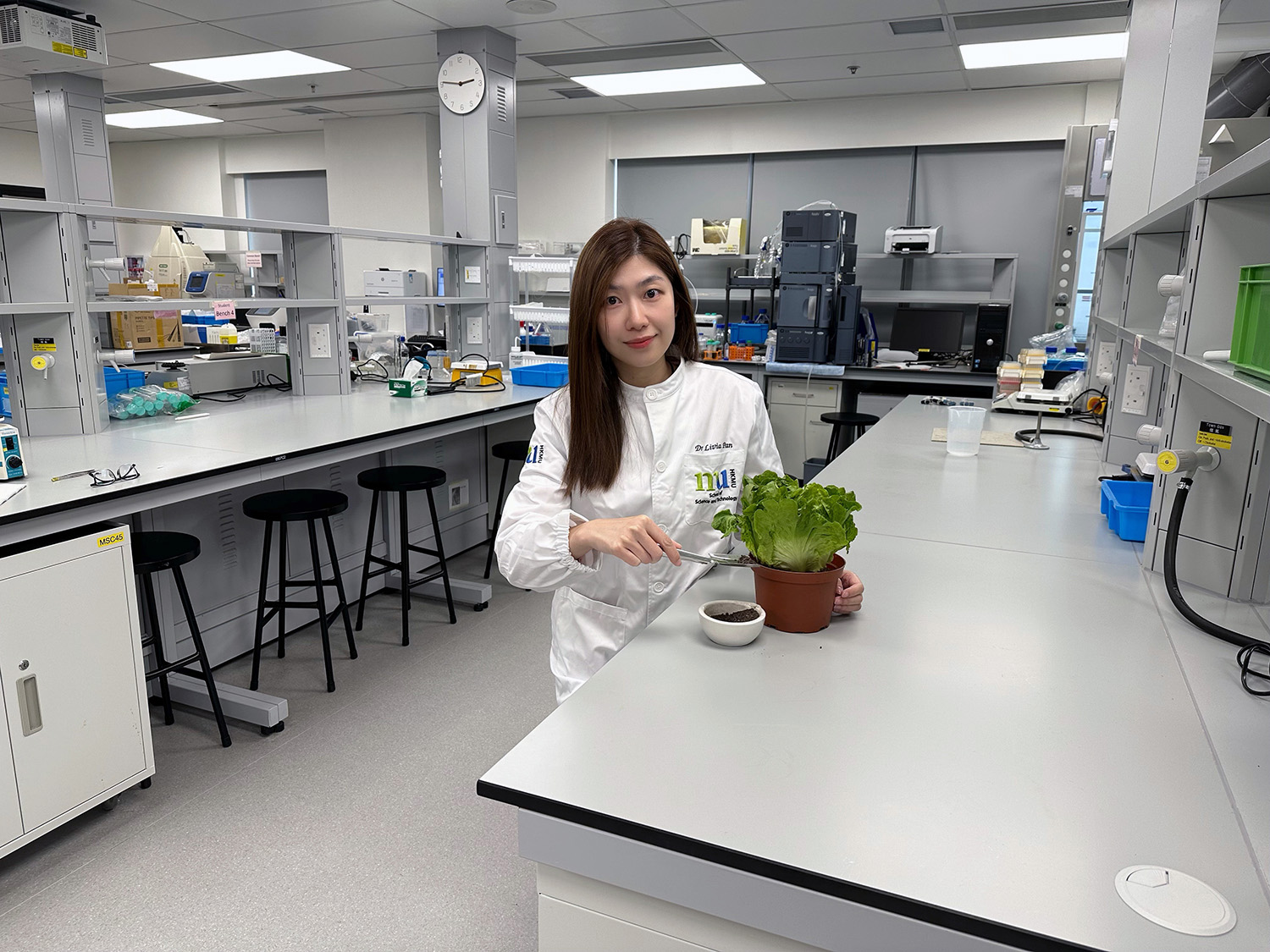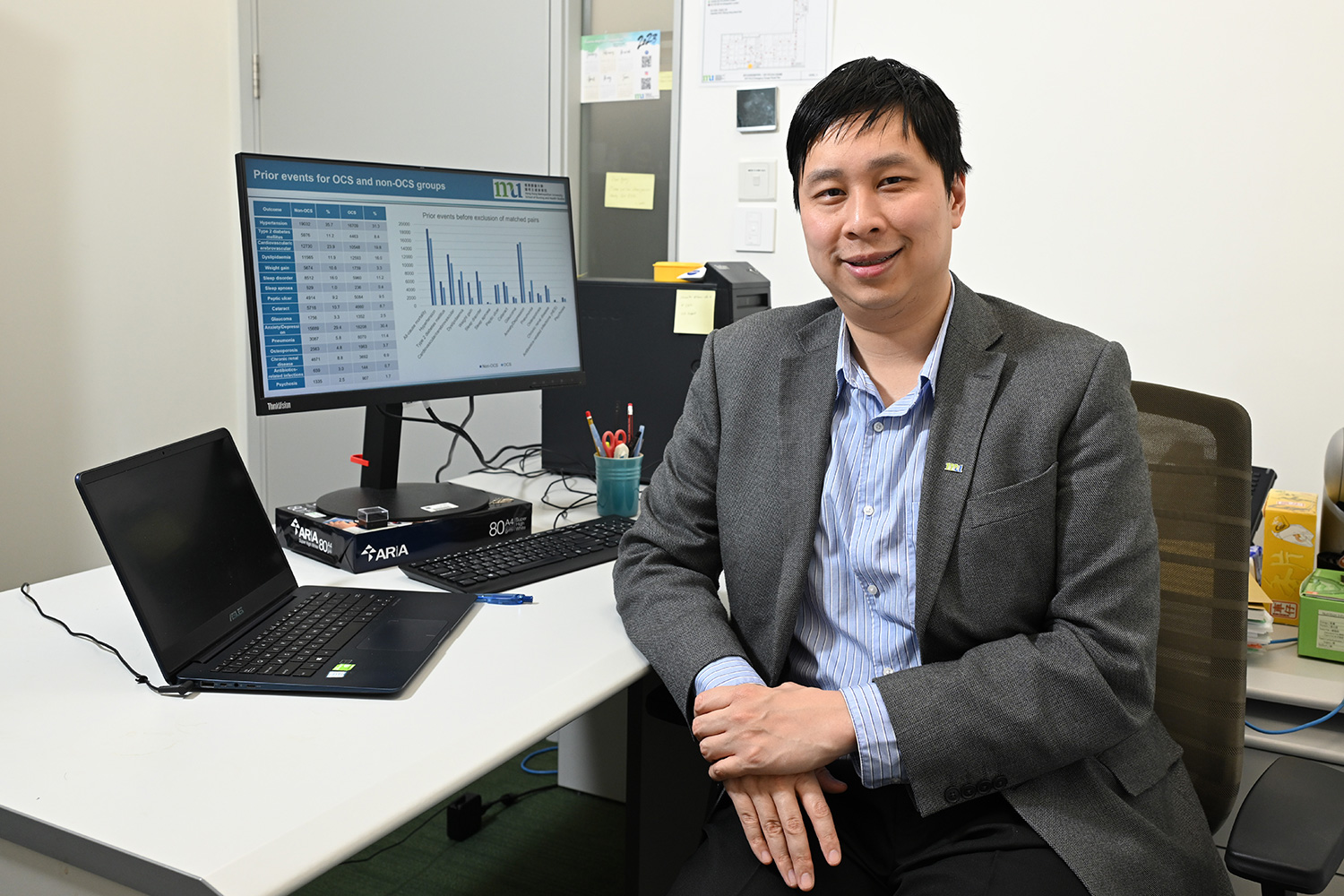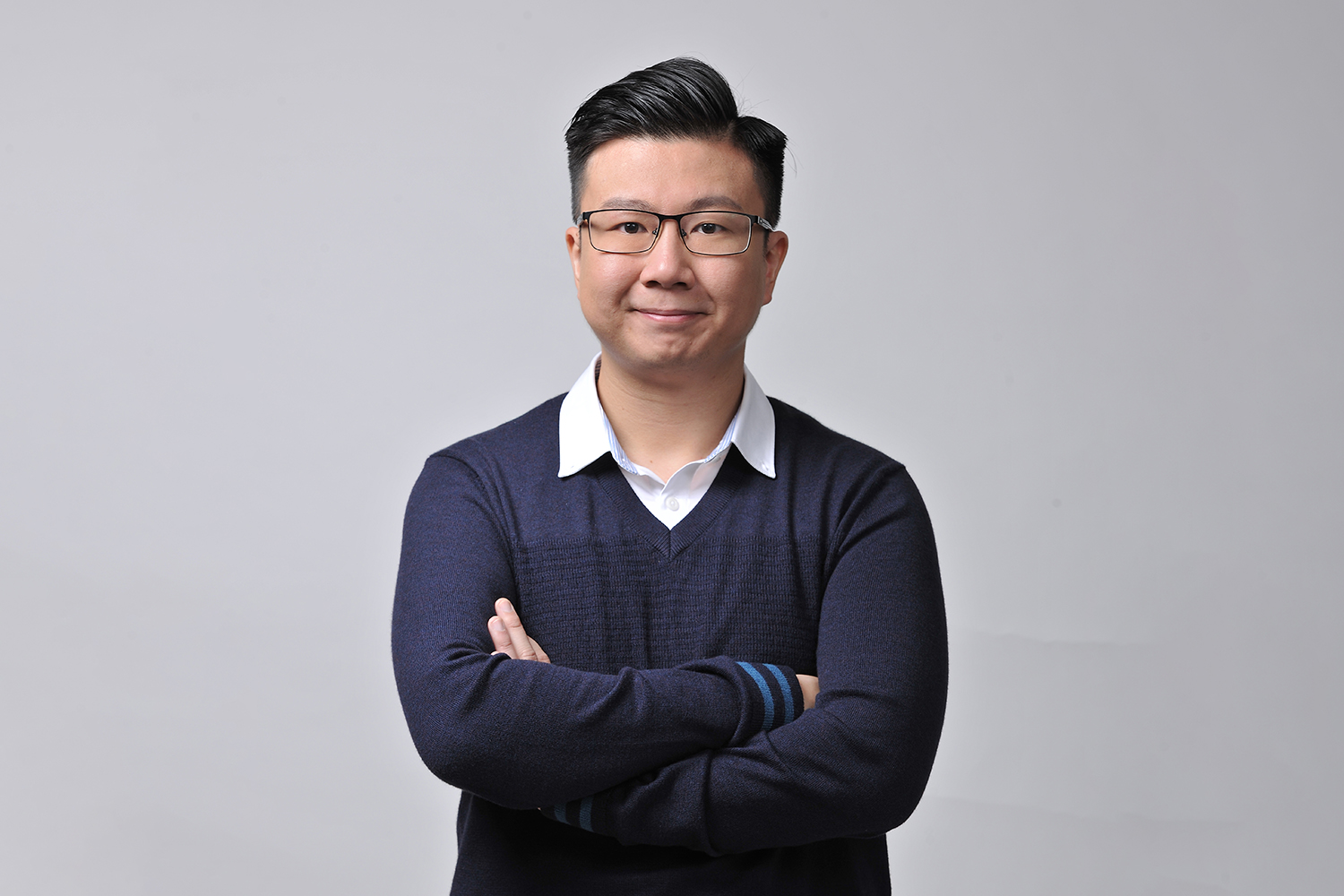Autism Spectrum Disorder (ASD) has become increasingly prevalent globally. Autistic children often face significant communication barriers, including delayed language development and difficulties in understanding and responding to others. Thus, some professionals and parents have traditionally discouraged autistic children from learning languages other than their first language to avoid placing an additional burden on their language development. However, research led by Dr Emily Ge Haoyan, Assistant Professor in the School of Education and Languages at Hong Kong Metropolitan University (HKMU), suggests that bilingualism, specifically exposure to Cantonese and English, does not hinder language development in autistic children. Instead, it may enhance their ability to understand and express themselves in daily communication.
ASD is a neurodevelopmental disorder characterised by difficulties with social interaction and communication, along with repetitive and restrictive behaviours. In the past, it was known by various names, including autism, autistic disorder and Asperger syndrome. With the updated diagnostic criteria, these names are now collectively referred to as “Autism Spectrum Disorder”. According to figures from the Education Bureau of the HKSAR Government, the number of primary school students with ASD increased by 26% from 2017/18 to 2022/23.
Dr Emily Ge highlighted that only a few studies have explored the impact of bilingualism on the language development of autistic children. As most of these studies were conducted in English-dominant environments, their findings may not necessarily be applicable to Hong Kong, where both Chinese and English are used. To address the research gap, the research team recruited more than 40 Hong Kong autistic children between 5 and 9 years old to take a language test with the support of the Heep Hong Society.
The researchers used standardised assessment tools and interactive language games to evaluate the children. They showed the children specific pictures and conducted question -answer sessions in Cantonese to assess their ability to understand and express themselves in conversation. After controlling confounding factors, such as intelligence, age, working memory and socioeconomic status, Dr Ge's team found that learning both Cantonese and English did not negatively impact autistic children's performance in Cantonese vocabulary, prosody, syntax, and other aspects of language. In general, bilingual autistic children performed on par with their monolingual peers in language tests. They even performed better when the focus of questions was the object of a sentence.
According to Dr Ge, the research results reflect that exposure to two typologically different languages (e.g., Cantonese and English) does not adversely affect the first language development of autistic children. On the contrary, bilingualism may compensate for their weak ability to integrate information globally, thus facilitating their focus in conversation. She noted that multiple studies have demonstrated numerous benefits of bilingualism, including improved executive function, empathy and reading ability. “If children are proficient in only one language, it may potentially be a disadvantage in their future life and career development,” she said.
Dr Ge added that the research has the potential to contribute to the development of more effective intervention and rehabilitation programmes in bilingual environments. The findings can also provide essential guidance for parents and professionals. She suggested that parents may consider encouraging bilingualism in autistic children as early as possible to create a rich bilingual environment for them. Clinicians, educators and other professionals may also consider incorporating bilingual elements into their programmes for autistic children to support their learning and development.





